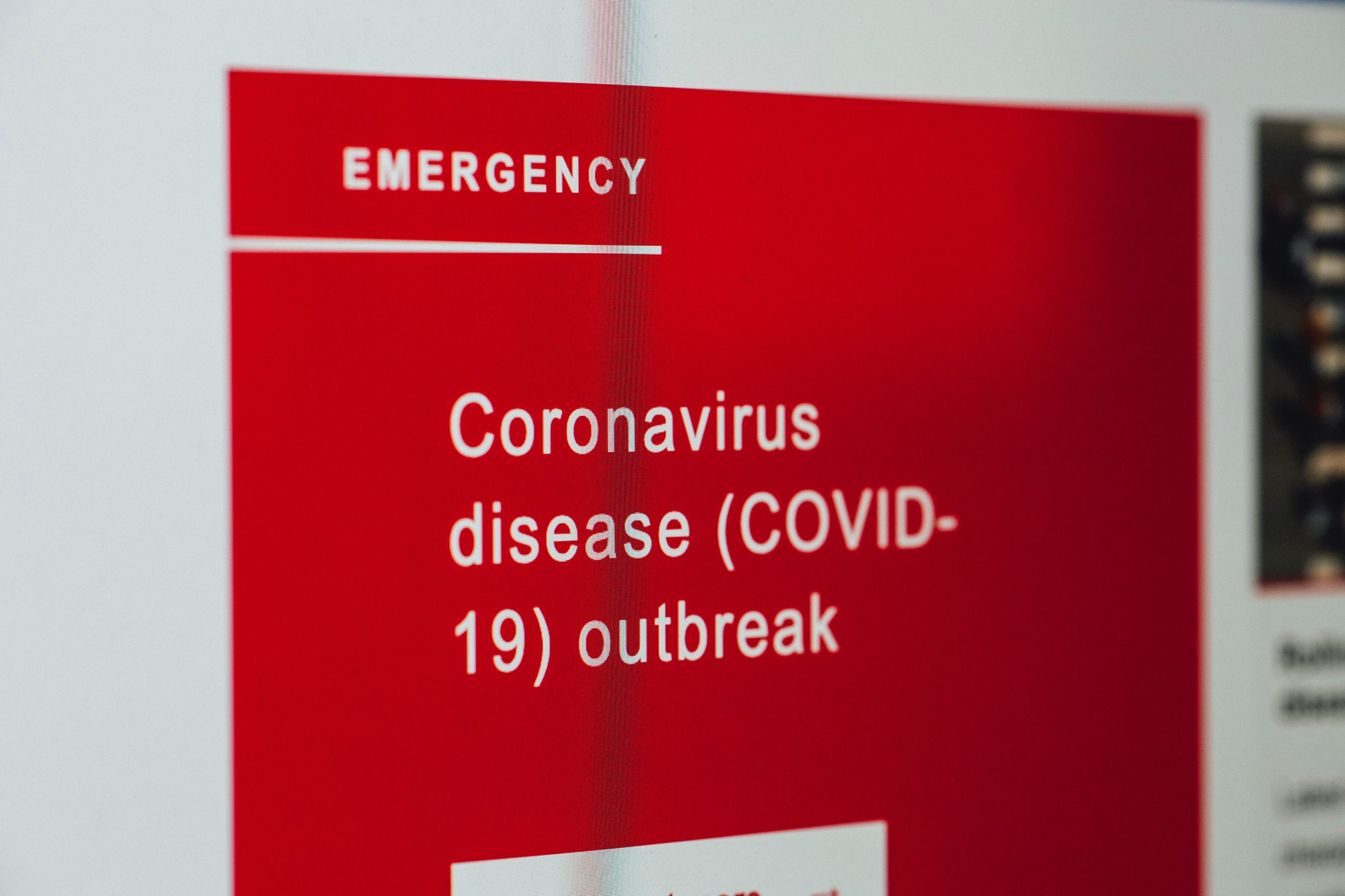On the 1st of February, RAN reported on the outbreak of Coronavirus originating in Wuhan, Hubei province, China, and its implications for the region and the globe.
In the two weeks since, the virus has gathered pace, and more is being learnt about its epidemiology and pathology. Termed Covid19 by the WHO on the 11th of February to adhere to best naming practices, and to remove any possible geographical naming stigma, the virus is now confirmed to be present in 25 countries outside of China. The vast majority of cases in these countries are directly linked to travel to China, but some have been caught in other affected countries (e.g. the recent cluster of infections originating in the French alps by way of Singapore).
Complications of reporting have been especially prevalent in China. Concerns around the true figures for suspected and confirmed cases, and cases of mortality, continue to muddy the statistical waters. As more cases emerge outside of China, where reporting is less constrained by political influence, it is possible to get an idea of epidemiological figures, even if the sample size is lower. As of 13th of February, 447 cases have been identified outside of China, with three fatalities – one each in Hong Kong, the Philippines, and Japan. Researchers at Imperial College London tentatively estimate the case fatality rate (CFR) of cases outside China as being between 1.2% and 5.6% – with considerable possible variation depending on which models are utilised.
Among the vast and nuanced issues being faced within China, and especially Hubei province, the economic and social impact of their aggressive quarantine is starting to become clear. In efforts to limit the spread of the virus, many communities have been effectively cut off from the rest of the world and many industries have stalled. While this has had less of an impact in the more modern urban centres (e.g. Shanghai), the impact in communities within Hubei has been significant, with the less-developed medical infrastructure becoming rapidly overstretched and a lack of community communication causing panic within the population.
A ubiquitous symbol of the outbreak is the wearing of facemasks in an attempt to prevent infection, or prevent an infected individual spreading the disease. However, most facemasks used in a non-clinical setting do little to protect individuals from getting infected with Covid19. This is due to several factors, consumer level masks are typically not to the required standards, the general public has not been trained how to properly fit and wear protective masks, and the efficacy of masks decreases significantly upon wearing duration, to name but a few. More challengingly, masks can provide a false sense of security to the wearer and pose a contamination risk themselves upon removal and application should they be reused. Fear around personal protective measures leads to panic purchasing, which is among several factors currently leaving hospitals in Hubei province and the city of Wuhan especially severely lacking in supplies.
Part of the supply issue is likely due to the public perceiving a larger benefit of personal protective equipment then it may actually provide, therefore leading to the ‘panic buying’ phenomenon. This is where a different kind of community engagement can be brought into play, Risk Communication and Community Engagement (RCCE). RCCE is vital in an outbreak of disease in countries with relatively modern medical infrastructure (such as China), where there is often an extreme excess of information as opposed to a severe lack.
Both of these spectral ends cause, in essence, the same issue, that true information is frequently skewed or lacking completely. Properly implemented, RCCE is essential for properly informed residents, both within China as well as in countries which only have isolated cases. However, effective communication is both especially important and disproportionally difficult in countries such as China, where government control of information is heavily regulated and restricted.
Contributed by Matthew Badham


